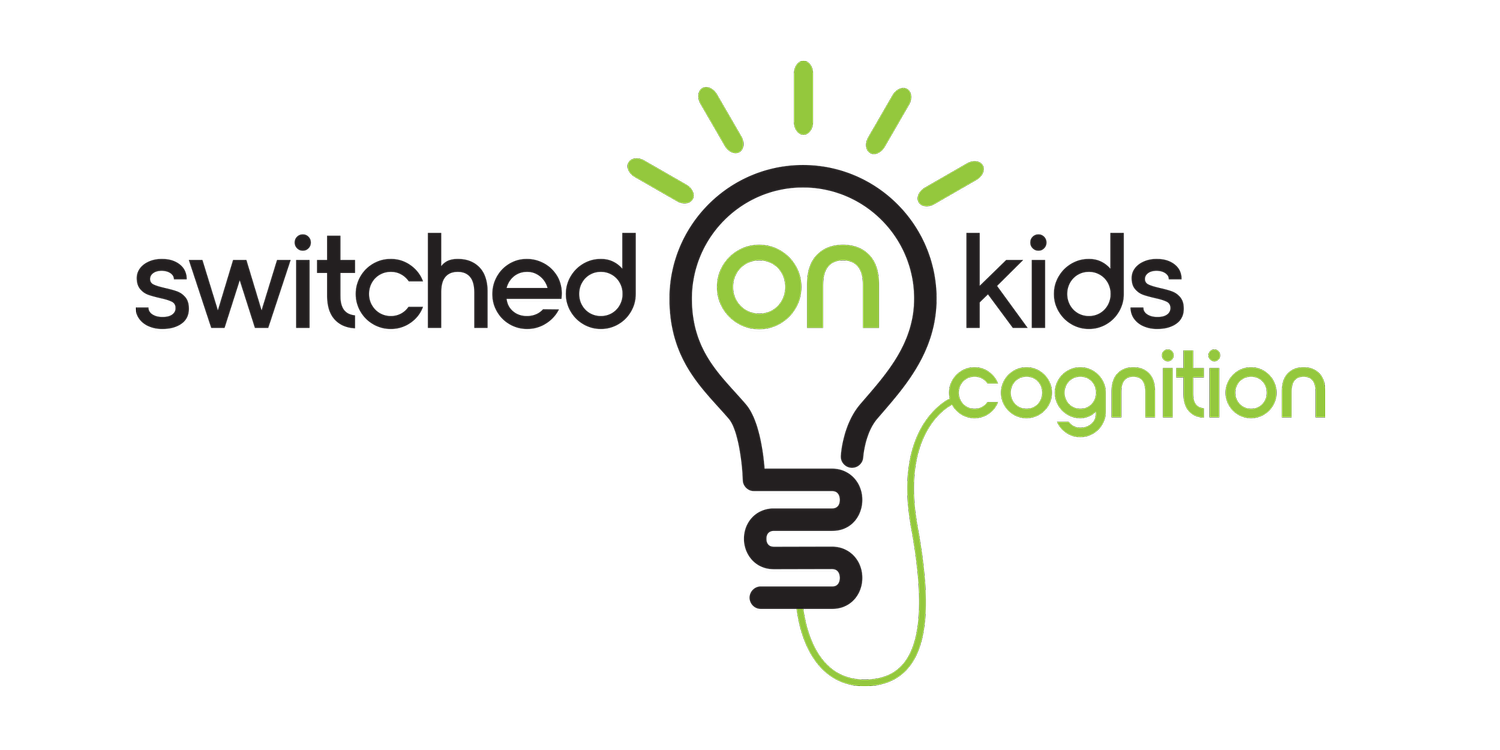Unique strengths
The language of neurodiversity is still often one of deficit. My work with neurodivergent kids has shown me that they have unique strengths (in abundance!). This inspired me to dive into the literature and pull out a few scientific gems of positivity. Here are ten things I found:
1. There is no correlation between ADHD and IQ (Wood et al., 2011). IQ in ADHD is normally distributed (just like in the general population). Many kids with ADHD are very smart (in fact this can mask the diagnosis as they may compensate for their difficulties).
2. Numerous studies have shown a correlation between ADHD and creativity. A recent review of 31 studies showed that kids with ADHD perform better on tasks of “divergent thinking”. This means they can come up with loads of solutions to a problem and explain why they have so many great ideas! (Hoogman et al., 2020).
3. I love this headline: “Dyslexia isn’t a disorder, it’s essential to how our species adapt”. The authors argue that dyslexic brains are specialised to explore the unknown and think in terms of the bigger picture. Individuals with dyslexia have strengths in discovery, invention and creativity – attributes that have been essential to the survival of our species (Taylor & Vestergaard, 2022).
4. A review of neurodevelopmental disorders (including 32 studies and 9904 subjects) and giftedness found an association between autism spectrum disorders and musical ability (Kontakou et al., 2022). Children with autism may have superior musical abilities and perfect pitch. They tend to perform better on tasks of pitch discrimination and often have a “striking recall” of melodies (Stanutz et al., 2014).
5. A study of (successful) adults with ADHD found six core positive constructs: These were: cognitive dynamism, courage, energy, humanity, resilience, and transcendence. These qualities support and sustain high-functioning, flourishing adults with ADHD (Sedgwick et al., 2019).
6. Need details and facts? Kids with autism love detail and have a very strong memory for facts (Happé & Frith, 2006; Happé &Vital, 2009).
7. Despite the term “attention deficit” – many individuals with ADHD have episodes of intense, long-lasting, focused attention (also known as hyperfocus). Many individuals with ADHD learn to use these periods of hyperfocus to their advantage in everyday life (Hupfeld et al., 2019).
8. Kids with dyslexia get the “big picture”. Dyslexia is characterised by strengths in global visual-spatial ability. Individuals with dyslexia are better than average at processing visual-spatial information globally (or holistically), rather than locally or bit-by-bit (a skill needed for reading) (von Károlyi, C. et al., 2003).
9. Having more self-reported symptoms of ADHD is associated with higher scores on outcome measures associated with divergent thinking (fluency, flexibility, originality) (Stolte et al., 2022).
10. Approximately 10% of the general population have dyslexia. However, a large study of entrepreneurs found that 35% were dyslexic and 22% were extremely dyslexic (Logan, 2009). Furthermore, BBC research found that 40% of self-made millionaires are dyslexic!
To learn more about my 1:1 services please see HERE.
References
Happé, F. & Frith, U. (2006). The weak coherence account: Detail-focused cognitive style in autism spectrum disorders. Journal of Autism and Developmental Disorders, 36, 5–25.
Happé, F. & Vital, P. (2009). What aspects of autism predispose to talent? Philosophical Transactions Royal Society of London B, Biological Sciences, 364, 1369–1375.
Hoogman, M. et al. (2020). Creativity and ADHD: A review of behavioral studies, the effect of psychostimulants and neural underpinnings. Neuroscience and Biobehavioural Reviews, 119, 66-85.
Hupfeld, K., & Abagis, T. (2018). Living “in the zone”: hyperfocus in adult ADHD. ADHD Attention Deficit and Hyperactivity Disorders 11(2), 191-208.
Kontakou, A. et al. (2022). Giftedness and Neurodevelopmental Disorders in Children and Adolescents: A Systematic Review. Journal of Developmental Behavioural Pediatrics (in press).
Logan, J. (2009). Dyslexic entrepreneurs: The incidence; their coping strategies and their business skills. Dyslexia, 15, 328–346.
Sedgwick, J.A. et al. (2019). The positive aspects of attention deficit hyperactivity disorder: a qualitative investigation of successful adults with ADHD. Attention Deficit Hyperactivity Disorder, 11(3):241-253.
Stanutz, S. et al. (2014). Pitch discrimination and melodic memory in children with autism spectrum disorders. Autism, 18(2), 137-147.
Stolte, M., et al. (2022). Characterizing Creative Thinking and Creative Achievements in Relation to Symptoms of Attention-Deficit/Hyperactivity Disorder and Autism Spectrum Disorder. Frontiers in Psychiatry, 1(13), 909-202.
Taylor, H. & Vestergaard, M.D. (2022). Developmental Dyslexia: Disorder or Specialization in Exploration? Frontiers in Psychology, 13, 889245 (in press).
von Károlyi, C. et al. (2003). Dyslexia linked to talent: global visual-spatial ability. Brain and Language, 85(3), 427–431.
Wood et al. (2011). The relationship between ADHD and key cognitive phenotypes is not mediated by shared familial effects with IQ. Psychological Medicine, 41(4), 861-871.


